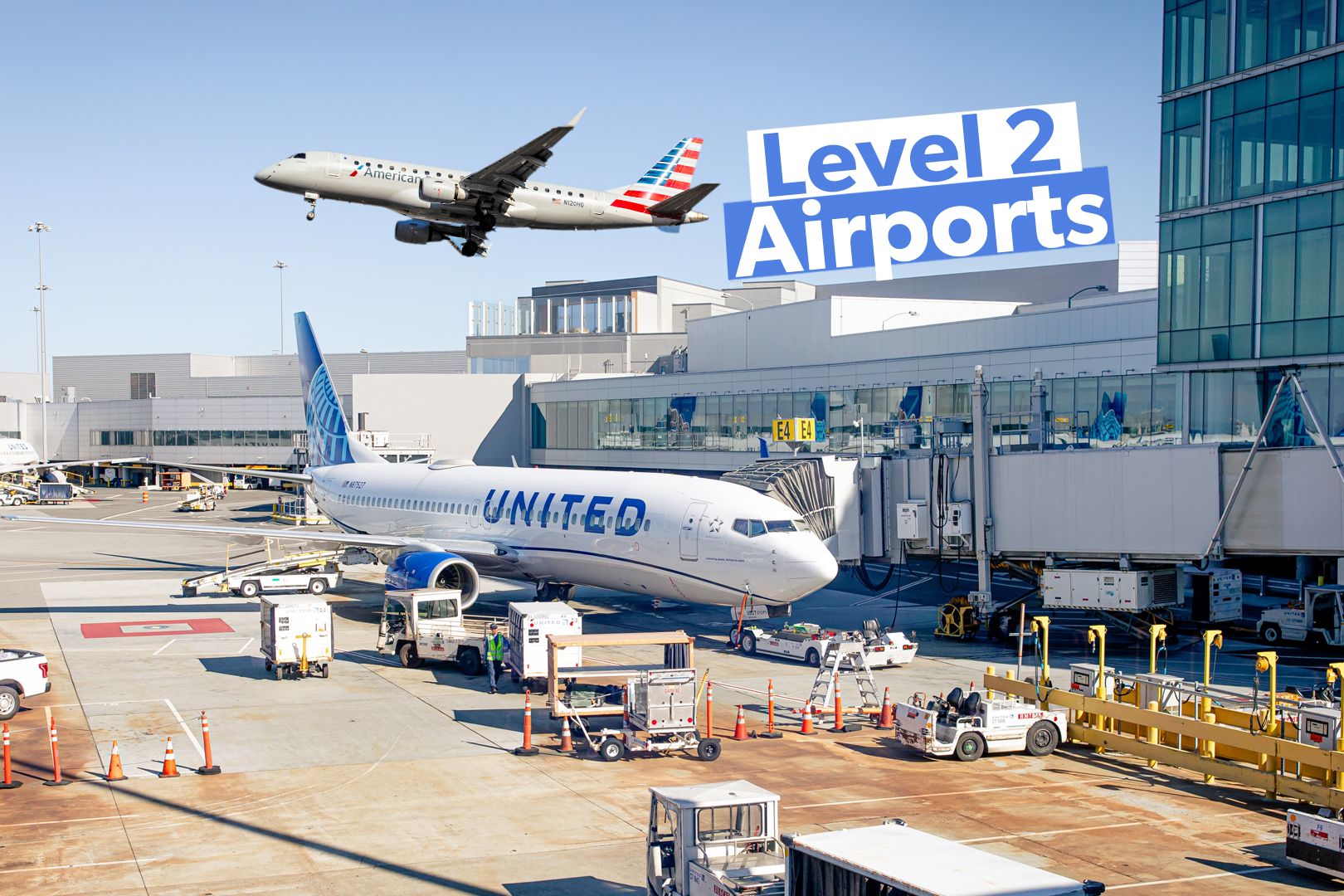The International Air Transport Association ( IATA ) defines coordinated airports as airports where operational demand exceeds capacity, thus requiring coordination. Authorities then adjust times and levels of operations to ensure seamless operations. According to IATA, there are three levels of coordination: Level 1 - no coordination required as the airport is capable of meeting demand Level 2 - there is potential for congestion at peak times, days, or seasons.
At Level 2 airports, airlines agree to schedule changes Level 3 - These airports are slot controlled because demand significantly exceeds airport capacity. Independent slot coordinators approve any slot changes A slot is defined by the Federal Aviation Administration (FAA) as an authorization to either take-off or land at a particular airport on a particular day during a specified time period . In the United States (US), there are only six Level 2 airports: Chicago O’Hare International Airport (ORD) Newark Liberty International Airport (EWR) Orlando International Airport (MCO) San Francisco International Airport (SFO) Seattle-Tacoma International Airport (SEA) Los Angeles International Airport (LAX) **Orlando and Seattle only have Level 2 for international gates/flights.
Of the six airports above, five of them are hubs for one of the ‘Big Three’ airlines; United Airlines, Delta Air Lines, and American Airlines. At the four airports except Orlando and Seattle, slot facilitation is handled by the FAA and the airpo.


















